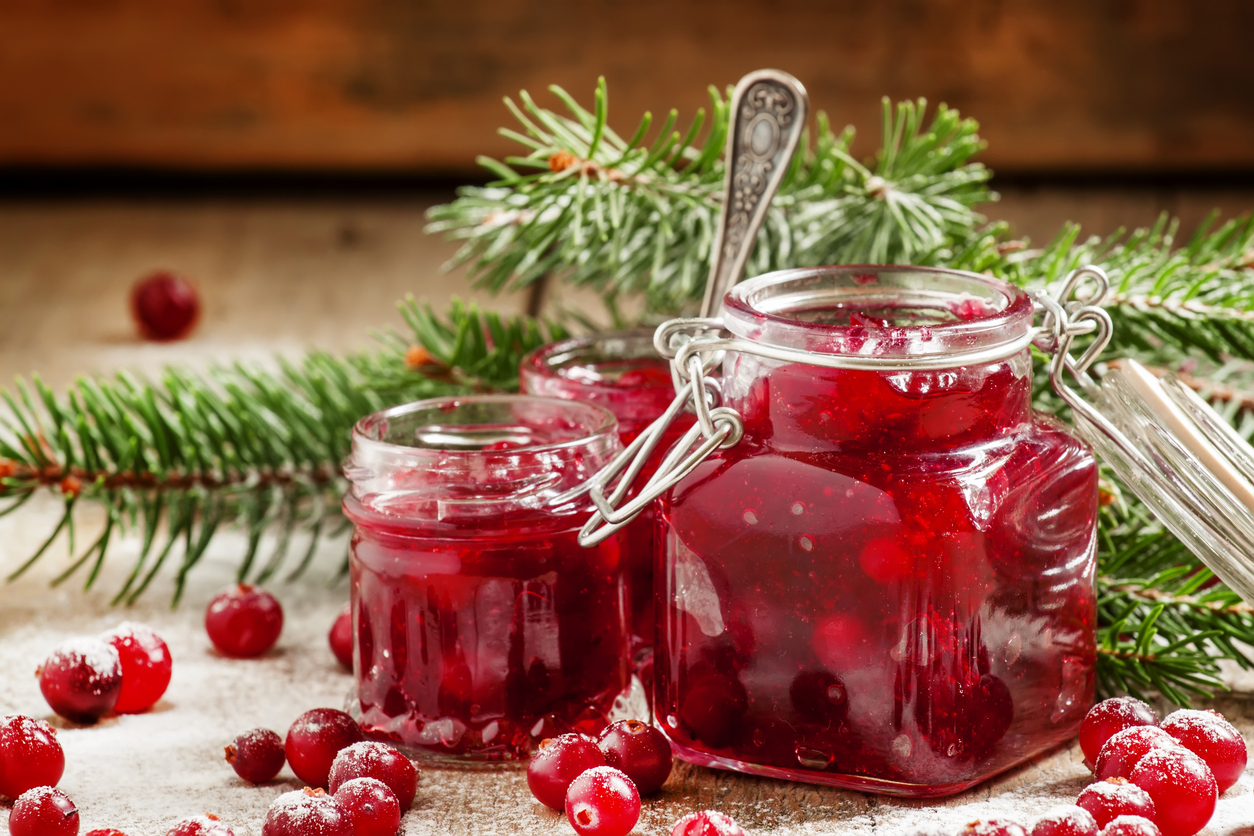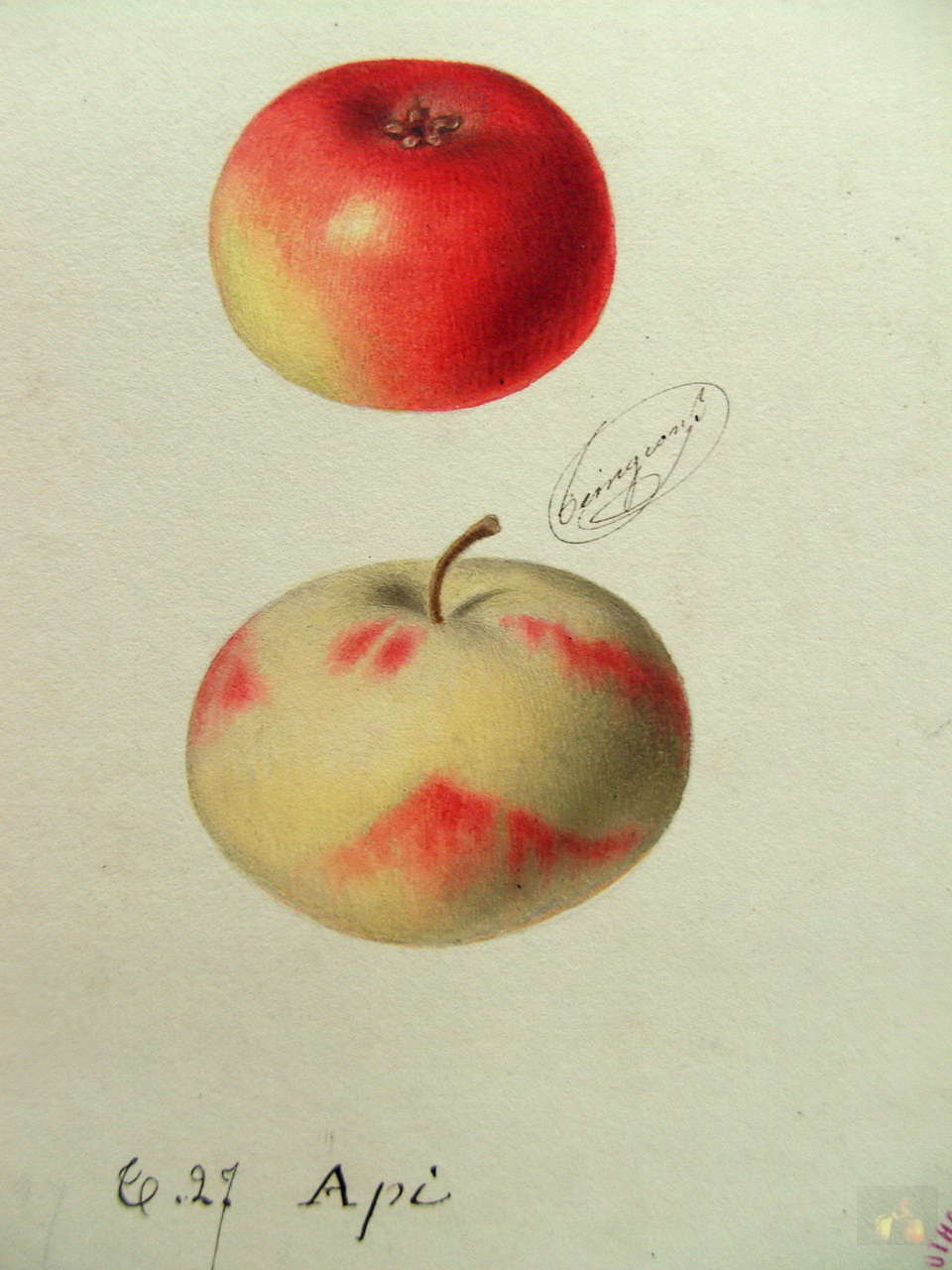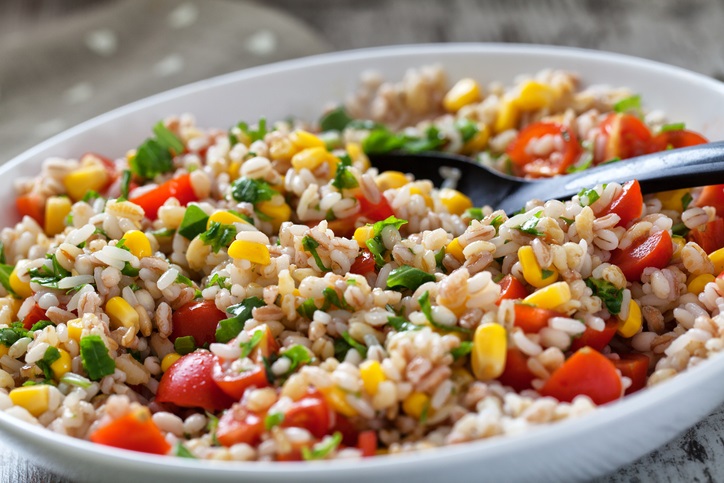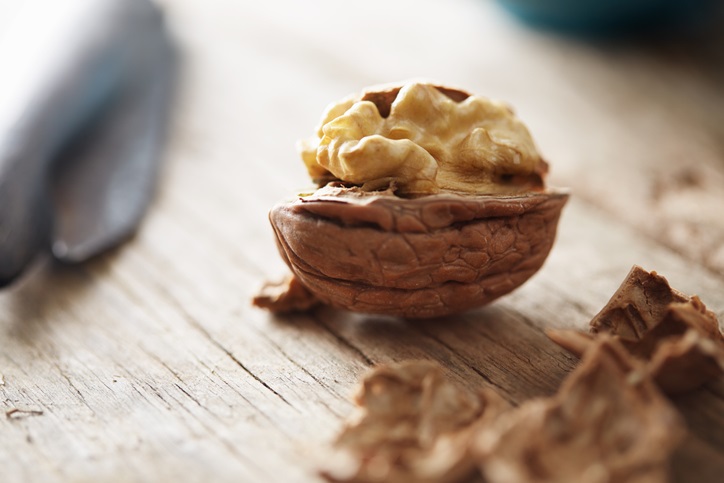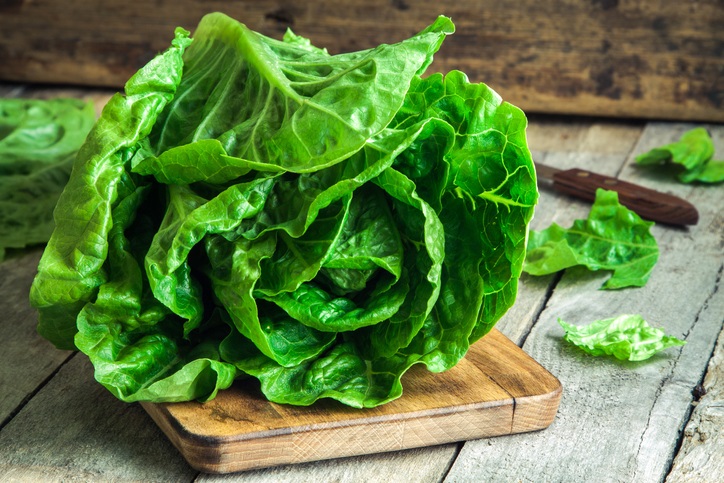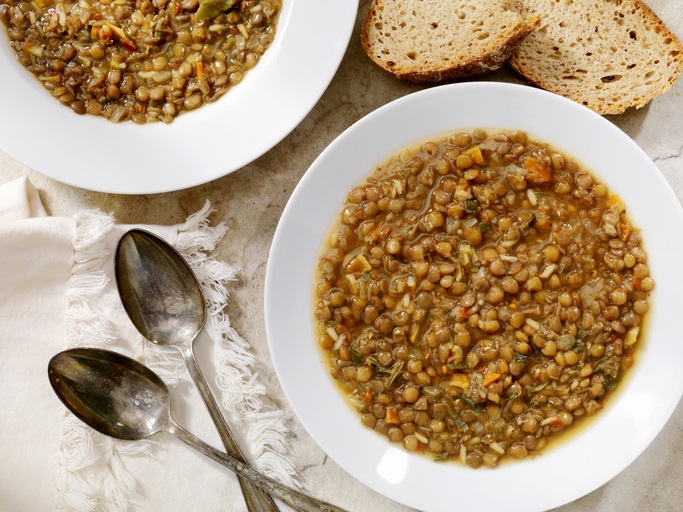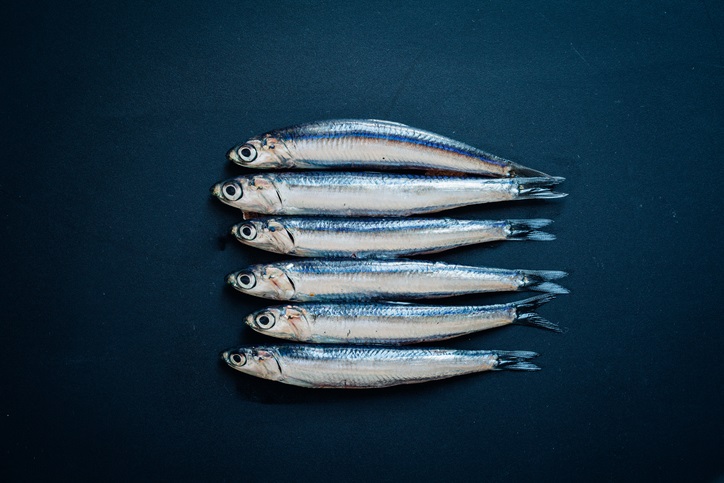Jellies and compotes to accompany a pecorino or a slice of panettone: all strictly handmade, for a gift to be enjoyed during the holidays or to keep for the months to come
You will be invited for a dinner or lunch at the home of friends or relatives between Christmas and New Year. In the embarrassment of what to bring as a present do not panic: think of something that you can taste even in the days to come, calmly and with more tranquility. A gift made by you, like winter preserves, well packaged, which your friends can enjoy in the evenings after the great festivities, or why not, also present on the tables of these days. Here are some suggestions, good work!
Beer jelly
This jelly is perfect to be served with mature cheeses, or you can also enjoy it on warm bread croutons, as an appetizer. Preparing it takes almost no time. It is important to choose a beer that is not too bitter, because the jelly has a good taste: excellent double malt red, soft. First of all pay a liter of beer slowly, to prevent it from making too much foam, in a pot with high walls. In a bowl with cold water soak 20 g of isinglass and when it is soft, squeeze it and keep aside. Pour 300 g of brown sugar into the pan with the beer and cook over low heat until the liquid has reduced by one third. At this point add the squeezed gelatin, mix and pour into your previously sterilized jelly jars, turn them over and let them cool down, to form the vacuum. When they are cold, check that the vacuum is formed and then pack them for your friends. They remain intact for 3-5 months.
Mandarin jelly with Moscato wine
Even this jelly is excellent if accompanied by cheese with a crust like the Camembert, but is also perfect served with a slice of Panettone or Pandoro. First, squeeze the juice of a kg of clementines, pour it into a large pot and add 50 g of brown sugar and 200 ml of sweet Muscat. Cook over low heat until the liquid has reduced by half, add 15 g of soaked and squeezed gelatin, mix well and pour the gelatine into the already sterilized jars. Close, turn it upside down and let it cool. Before serving, leave the gelatine in the fridge for an hour.
Pumpkin and pear compote
Take 500 g of Igp Mantuan pumpkin, peel it, remove the inner seeds and cut it into cubes. Put the pumpkin in a saucepan, add a pear, peeled and cut into pieces, add 250 g of brown sugar, two spoons of Brandy, little fresh grated ginger and cook over low heat until the mixture has reached a soft and homogeneous consistency. Add a few tablespoons of water if the mixture is too thick. Blend everything, add 16 g of soaked and squeezed fish glue, mix well and pour the compost into the jars you have previously sterilized. Let it cool downside down and then pack your little sweeties and let them taste to your guests.
Tropea onions and pine nuts
Excellent with cheese or boiled meats, this compote is very simple to prepare. First peel 600 g of Tropea red onions, slice and place in a saucepan with 100 g of brown sugar, 1 teaspoon of salt, 1 bay leaf, 100 g pine nuts and the filtered juice of a lemon. Cook over a gentle heat for about an hour and then pour into the jars, turn them over and leave to cool to form the vacuum. This compote is stored for about 6 months in a cool and dry place.
Quince jam and cinnamon
An excellent accompaniment for many preparations: whether they are pies, cheeses or boiled meats, this jam is easy and quick to prepare and gives great satisfaction. Obtain 1 kg of quince, 600 g of brown sugar and two untreated lemons. First of all, sliced and cored the apples, without peeling them, and cut into small pieces. Put everything in a large pot, add the sugar and bring to a boil. Cook for about 30 minutes, add the juice of the lemons and their peel. Turn off, add a sprinkling of cinnamon, stir and mix with a mixer. Pour into the containers that you have already sterilized, close and invert, waiting for the mixture to cool and then form the vacuum. This jam is kept for about 3 months properly closed, while once opened, it should be consumed in three or four days.
